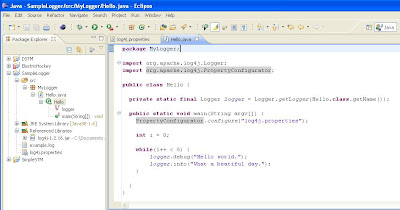MIT link
http://web.mit.edu/8.02t/www/802TEAL3D/visualizations/resources/resources.htm
Magnet Formulae:
http://www.netdenizen.com/emagnet/index.htm
Useful Links:
http://nehe.gamedev.net/data/lessons/lesson.asp?lesson=26
http://nehe.gamedev.net/data/lessons/lesson.asp?lesson=39
OpenGL Book:
Field visualization techniques..
http://books.google.co.in/books?id=rmgXE9jWjVgC&pg=PA561&lpg=PA561&dq=arrow+plot+in+openGL&source=bl&ots=UFEFAZpgvQ&sig=ysyP-wzNzLnXM3qEtfh6EX0V1us&hl=en&ei=A0eETfqSKYH0vQOzqNm8CA&sa=X&oi=book_result&ct=result&resnum=4&ved=0CDUQ6AEwAw#v=onepage&q&f=false
http://books.google.co.in/books?id=ZFrlULckWdAC&pg=PA290&lpg=PA290&dq=%22openGL+%22+solenoid+OR+%22bar+magnet%22+OR+%22vector+field%22&source=bl&ots=4AuJNUP6VX&sig=lzwLsqrVR7GR0vTBSIlU7GDLTxc&hl=en&ei=-VqETYelMYrsvQPhr-ndCA&sa=X&oi=book_result&ct=result&resnum=55&ved=0CIwDEOgBMDY#v=onepage&q=%22openGL%20%22%20solenoid%20OR%20%22bar%20magnet%22%20OR%20%22vector%20field%22&f=false
Good ppt:
http://www.authorstream.com/Presentation/Sophia-27431-25-Modeling-Simulating-Electromagnetism-Begin-Solution-Why-gravity-so-weak-Outlin-as-Entertainment-ppt-powerpoint/
GameDev:
http://www.gamedev.net/topic/541552-magnetic-fields-in-2d-space/
http://www.gamedev.net/topic/550586-magnetic-moment-of-a-moving-charge/
http://www.gamedev.net/topic/496159-circular-particle-system-optimization/
http://www.gamedev.net/topic/549373-calculating-the-angle-between-2-points-in-a-2d-system/
Image Based Flow Visualization: (The code works; Understand the code using the pdf file)
http://www.win.tue.nl/~vanwijk/ibfv/
http://www.devmaster.net/forums/showthread.php?t=13566
http://www.evilmadscientist.com/article.php/fields/print















